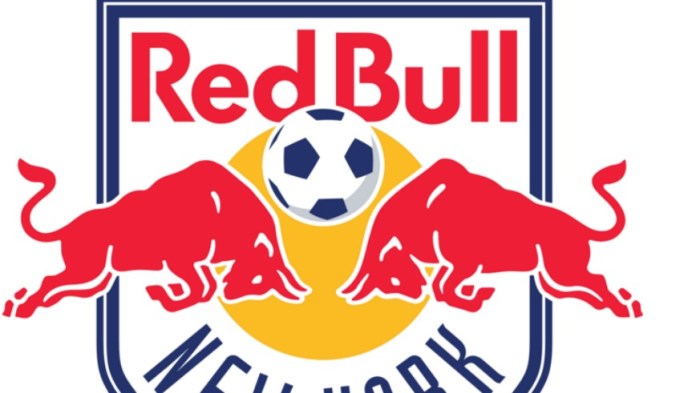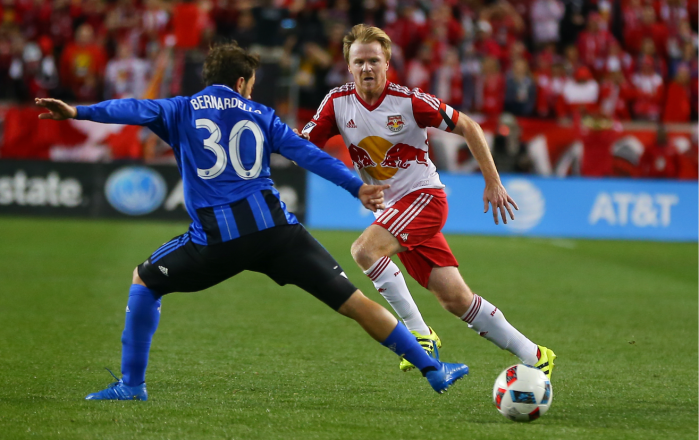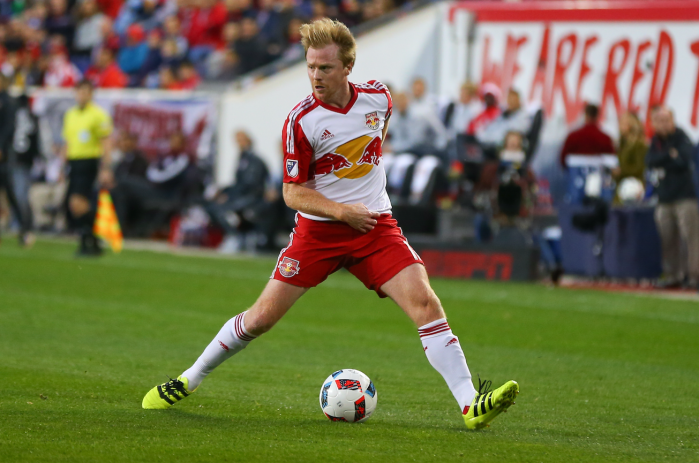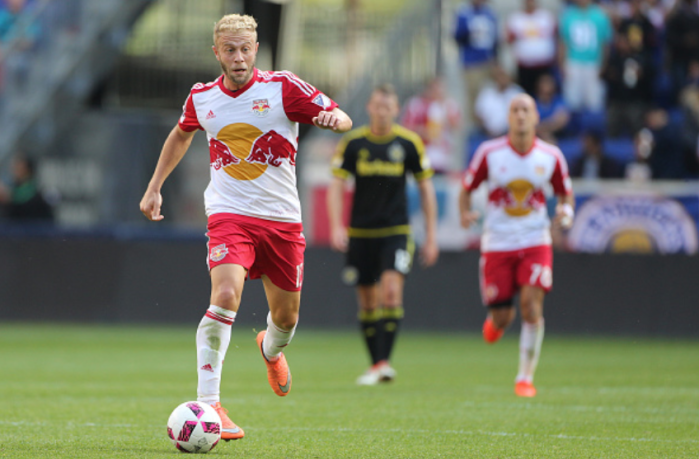It has not been an easy start to their 2017 campaign for the New York Red Bulls, who were knocked out of the Scotiabank CONCACAF Champions League in the quarterfinals with a 2-0 loss at the Vancouver Whitecaps. While the Red Bulls didn’t look bad in either match, what perhaps is most troublesome is a formation that actually minimizes the effectiveness of one of their MVP candidates a season ago. Admittedly a small sample size, Sacha Kljestan has not looked comfortable in the 4-2-2-2 formation that the Red Bulls seem committed to this year, a shift from the 4-2-3-1 of years past. This switch is, theoretically, supposed to provide league leading goal scorer Bradley Wright-Phillips with more support up top, a compliment to help make runs and draw the attention of the opposing backline. Instead it isolates Kljestan on the right wing, a place where he hasn’t looked terribly comfortable.
While with the national team and even at his previous stop in Europe at Anderlecht, Kljestan has played in the center of the midfield, not usually in a wide position. Kljestan sits well in pockets, receiving the ball then turning to either drive towards goal or spray a ball wide. On the wing, he is isolated, often getting the ball with his back towards goal. “Red Bull was very narrow last night,” said one MLS head coach who watched last night’s loss in the Champions League. The head coach spoke on the condition of anonymity toMetrobecause his team plays the Red Bulls in the opening six weeks of the season. “Sacha kept coming to the center of the park. It made Red Bull very narrow and Vancouver was willing to sit back, absorb the pressure. Everything was narrow through their channels, very one-dimensional.” The coach went on to say that “the formation really minimizes Sasha’s effectiveness.”
The genius of Kljestan, a league candidate for MVP last year, is that he can take and carry the ball in different directions to not only maintain possession but open up the field. On the wing and receiving the ball with his back to goal, he has two outlets for his passes effectively checked out of the game. There is also the fact that Kljestan drifts centrally to receive the ball, condensing the field even more in what is already a narrow formation for the Red Bulls. Perhaps recently signed Michael Murrilo will provide some width from overlapping runs but Kljestan clearly is more comfortable centrally. “The problem is that Sasha vacates a lot of space when he slides centrally,” the head coach said.
“Without anyone really pressing up and overlapping down that side, makes the team narrow and susceptible to the counter. Vancouver did that so well on Thursday. I think a lot of teams might try that this year. Vancouver clogged the middle and hit them on the counter. It worked.” As for how he’d address the situation, the coach had an idea that’s a bit of a throwback.
“I know people don’t love the old 4-4-2 diamond formation but here it might work. I’d put Sasha at the top of the diamond in the midfield and then out wide Daniel Royer and either Alex Muyl or Mike Grella – probably Muyl because of his work rate. They have the workers to make this work,” the head coach said. “And it’d let Sacha play in the center where he’s a natural.”
New Red Bulls formation may limit effectiveness of star midfielder
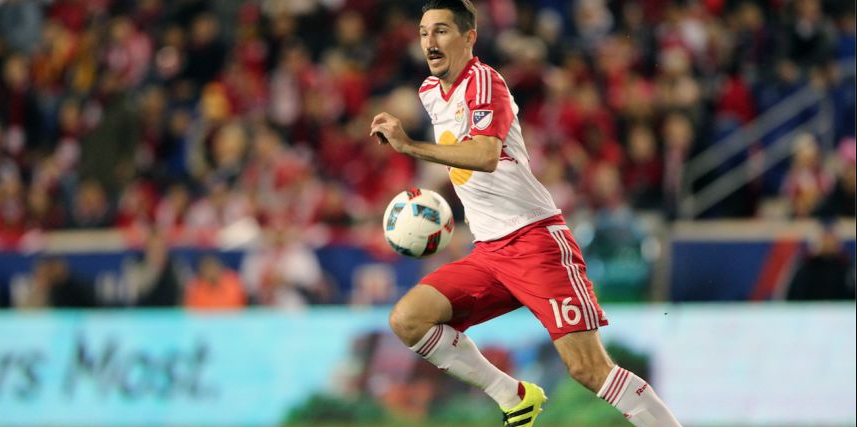
Getty Images











